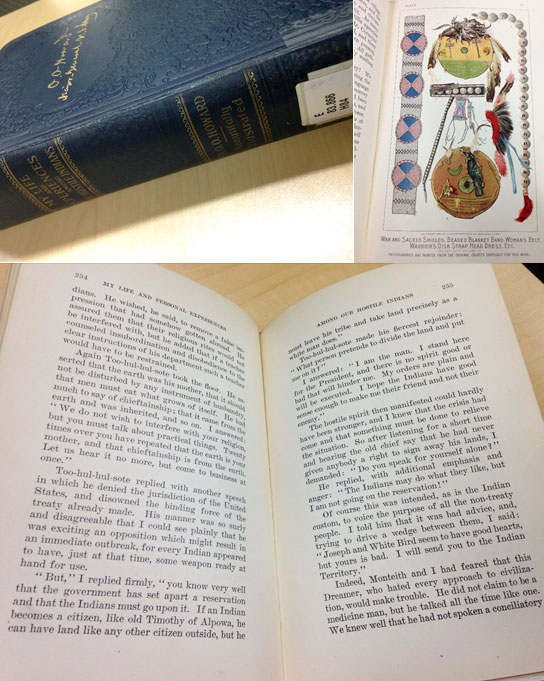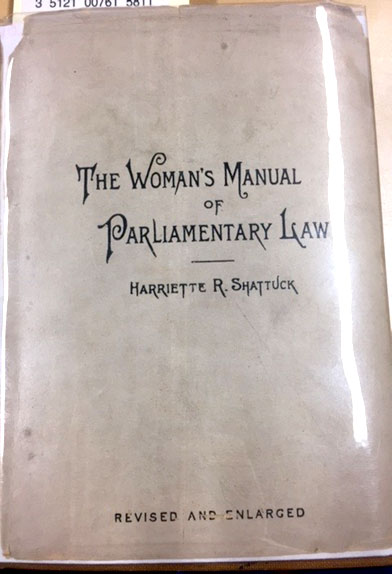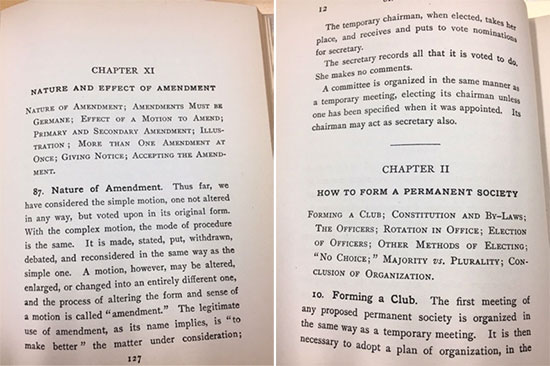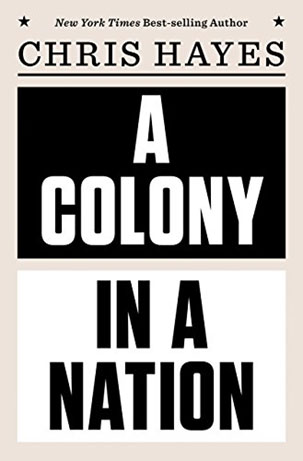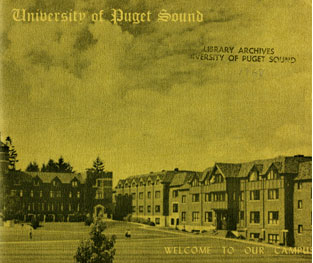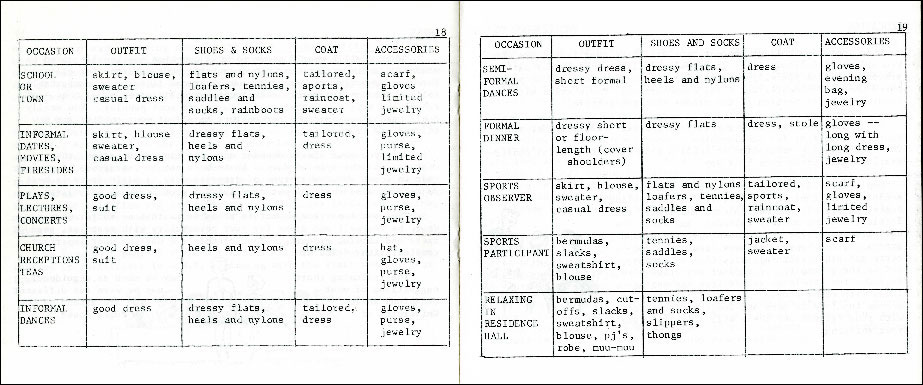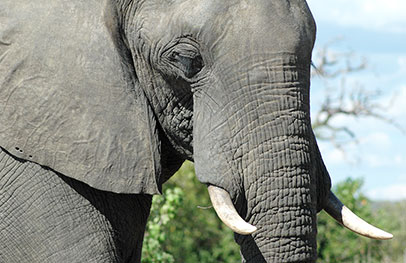 Thursday March 22nd, Collins Library hosted a lecture by professors Rachel DeMotts and Parakh Hoon, tackling the hidden narratives behind elephant conservation and the ivory trade in Africa. Rachel DeMotts is a professor of Environmental studies and the director of the Environmental Policy and Decision-Making Program here at Puget Sound, while Hoon is a professor of Political Science at South Puget Sound Community College. Together, they study elephant conservation. DeMotts and Hoon study conservation in a local context, examining the places where people and elephants intersect in the agricultural communities of Botswana, Africa. Most conversations about elephant conservation, says Professor Demotts, situate elephants without any real “sense of place.” People rarely consider what it is like to actually live with these animals on a day to day basis.
Thursday March 22nd, Collins Library hosted a lecture by professors Rachel DeMotts and Parakh Hoon, tackling the hidden narratives behind elephant conservation and the ivory trade in Africa. Rachel DeMotts is a professor of Environmental studies and the director of the Environmental Policy and Decision-Making Program here at Puget Sound, while Hoon is a professor of Political Science at South Puget Sound Community College. Together, they study elephant conservation. DeMotts and Hoon study conservation in a local context, examining the places where people and elephants intersect in the agricultural communities of Botswana, Africa. Most conversations about elephant conservation, says Professor Demotts, situate elephants without any real “sense of place.” People rarely consider what it is like to actually live with these animals on a day to day basis.
In Botswana, elephants frequently wander on to roads, destroy crops, and damage pipelines which often are a village’s only source of clean drinking water. Villagers must find creative ways to keep the elephants at bay. This includes making make-shift fences from pieces of trash and scrap metal (one of which is on display in Collins), which irritates an elephant’s eyes when they catch the light, lining the ground with chili powder, disrupting an elephant’s olfactory senses, and creating make-shift barriers from giant broken slabs of concrete. But despite all of these efforts, living with elephants still proves to be a great challenge. While the Botswana government offers farmers compensation for elephant-related damages, it hardly covers the cost of living with these animals. Moreover, the process itself is highly inaccessible. Villagers have to travel all the way to the city to fill out the required paper work, and they still are not guaranteed to be approved. Many simply cannot afford to be away from their farms and from their family for that long. Meanwhile, the Botswana Government has adopted elephants as a national symbol that must be protected at all costs. Professor Hoon notes how in Botswana, the government describes elephants “a lot like diamonds,” that is, as a precious national resource. While it is true that the tourism brought by elephants has proved to a be a great economic asset to the country, none of those funds seem to be making their way back to the villagers who must bear the cost of living with them.
Upon noticing this great disparity, Professor DeMotts and Hoon took it upon themselves to travel to Kazungula Botswana, a small village standing beside the Chobe National Park, home to the world’s largest free-roaming elephant population. They came with the intention of studying how these villages lived beside wild life in the hopes to make this hidden struggle more visible to the conservation community. However, when they first arrived in Kazungula, the villagers were reluctant to work with them. As one local farmer told DeMotts, “White people only come when an elephant dies. They don’t care about us.”
Since the villagers did not want to conduct personal interviews, DeMotts and Hoon had to resort to other methods. They decided to ask the owners of the Kazungula general stores or, Tuck Shops, to record whenever they heard someone complaining about elephant damages. If the participants were willing to follow up with the information and file and formal complaint, the shop owners were told to take down their names. Otherwise, they just kept a tally. DeMotts and Hoon would then compare the number of informal complaints to the number of formal complaints recorded by the government. They performed this study during the typical harvest season, March through April, when the most incidents were likely to occur. They found that in a period of five weeks, 31 informal complaints were recorded, versus 6 formal complaints in a month recorded by the government. They later also discovered that the amount of compensation farmers received was based off the yield of commercial farmers, rather than subsistence farmers. They also discovered that men were far more likely to receive government compensation than women, despite the fact that women perform most of the agricultural work.
So what does this all mean? In the words of Professor DeMotts, this means that “marginality is reinforcing itself,” as families that cannot afford to feed their children spend less time working and more time trying to survive. To DeMotts, this study revealed all the pieces that are missing from conservation efforts at each level. In order to garner international support, conservationists and environmental activists often simplify the story down to its most digestible parts. But these generalizations don’t do the elephants or the local communities any favors.
It is easy to imagine how all of this can feel disillusioning. On the surface, it looks like we are making such progress in terms of conservation, only to find out that it is coming at the expense of marginalized groups. I asked Professor DeMotts what gave her hope in the face of this discouraging evidence, to which she said, “The people.” “No one is giving up,” says DeMotts. She was amazed to learn about all the “quiet ways” people found to resist. Women learn to make crafts and gifts to sell to local tourists, farmers are discovering new creative solutions to protect their crops, everywhere you look there is an undying resilience in the face of extreme adversity. But they can’t do it alone. DeMotts and Hoon urge people to talk about conservation in a more nuanced fashion, granting the problem the complexity it deserves. “We can’t make anything better,” says DeMotts, “if we don’t see things the way they actually are.” Indeed, DeMotts is right. In the face of crisis, truth, no matter how disheartening, is our greatest ally.
– By Carlisle Huntington
 Do you love research? Love to read and develop programs? Intrigued by Archives and Special Collections? Love to read printed texts and eBooks? Can’t wait to see what the next new technology has to offer? Want to help people? Yes? Consider a career in libraries, archives, or special collections!
Do you love research? Love to read and develop programs? Intrigued by Archives and Special Collections? Love to read printed texts and eBooks? Can’t wait to see what the next new technology has to offer? Want to help people? Yes? Consider a career in libraries, archives, or special collections!

